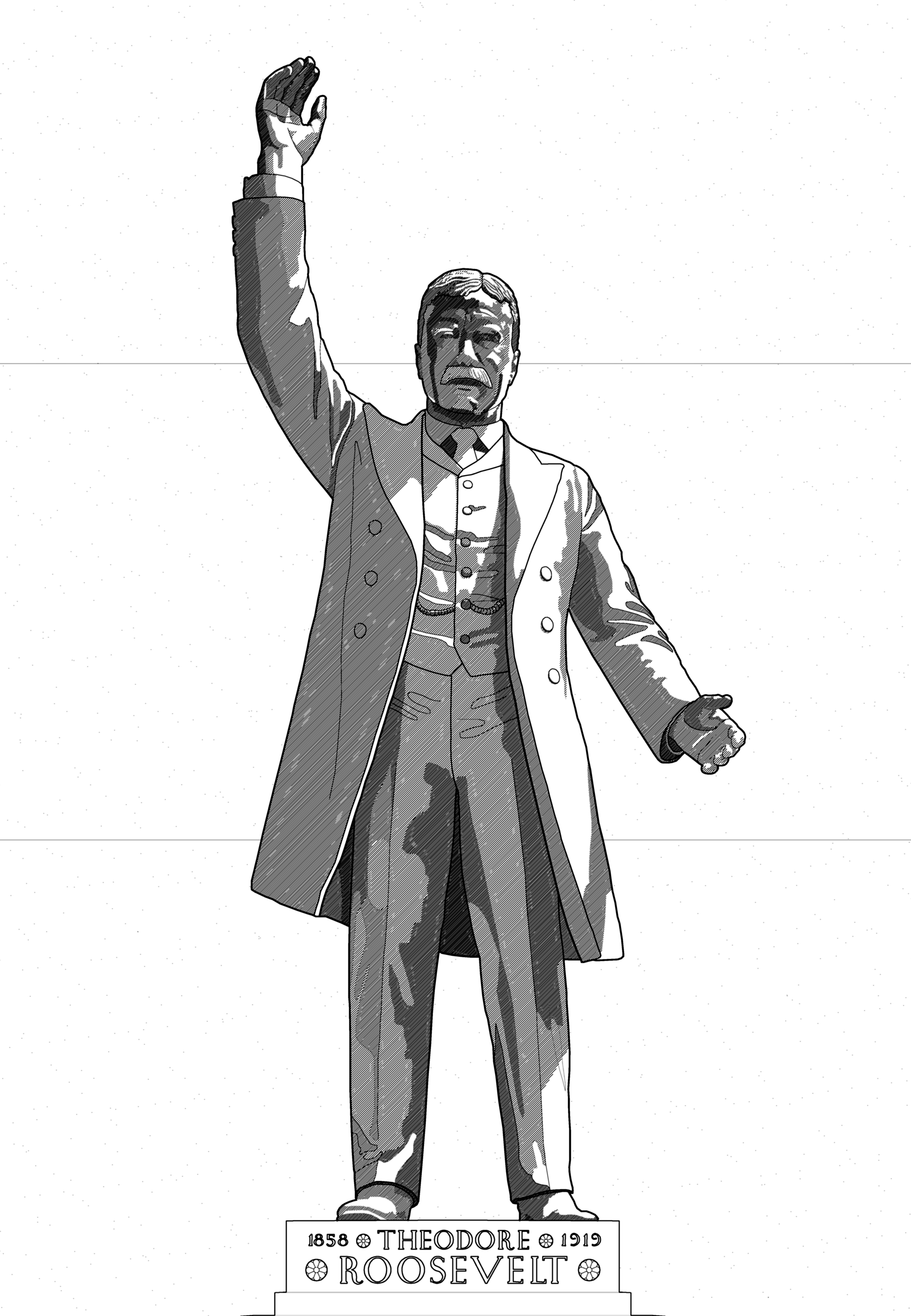Theodore Roosevelt Island

“Theodore Roosevelt Island is a naturalistically designed landscape located in the Potomac river within the geographic boundaries of the District of Columbia, between the Kennedy Center for the performing arts and the city of Rosslyn, Virginia. the channel running between the island and the Virginia shore is known as the Little River, with the smaller island located immediately southwest of Theodore Roosevelt Island designated Little Island. Together the two islands comprise an approximately 88.5-acre forested site that is managed by the George Washington Memorial Parkway, National Park Service. Although distinct, Little Island is considered a component of Theodore Roosevelt Island. Visitor parking is provided in a lot abutting the Virginia shore, accessible from the northbound lanes of the George Washington Memorial Parkway. Motorists are required to park their vehicles and enter the island via a pedestrian footbridge connecting with the parking lot. Visitors may also access the footbridge by the 18.5-mile Mount Vernon Trail, which runs between Theodore Roosevelt Island and the Mount Vernon Estate in Alexandria, Virginia. The Theodore Roosevelt Memorial Bridge, a section of U.S.. Interstate 66, crosses the island near its southern terminus.

“The Roosevelt Memorial Association (RMA) purchased the island in 1931, and subsequently developed it as a living memorial to Theodore Roosevelt, the twenty-sixth president of the united states. Although the RMA conveyed the property to the federal government one year later, the association retained planning rights for the development of the island. In May 1932, the RMA hired the prominent landscape architecture firm Olmsted Brothers, headed by Frederick Law Olmsted, jr., to prepare plans and supervise on-site work. From 1932-47 Olmsted, jr. assumed primary responsibility for the development of the island, envisioning the landscape slowly developing over the decades and centuries into a native "climax" forest typical of the area during pre-contact times. Under his direction, young men from the civilian conservation corps cleared the island of most non-native vegetation and carried out the subsequent planting and transplanting of 35,736 native trees, shrubs, and other plants. Olmsted Brothers also developed a system of trails and created plans for a number of structures and buildings, one of which, the comfort station toward the south end of the island, was constructed in 1955. Throughout his tenure, Olmsted, jr. repeatedly stressed the importance of making the island appear as natural as possible, as if it had evolved over time free from human influence. To this end, vegetation was planted randomly or in rough groups instead of in straight lines or grids, and constructed landscape components, such as the trails and comfort station, were designed to harmonize with the reforestation. Theodore Roosevelt Island was officially dedicated during a ceremony held on 4 July 1958.
Subsequent to the involvement of Olmsted Brothers, the Theodore Roosevelt Memorial was constructed in a large pre-existing clearing on the northwest section of Theodore Roosevelt Island. Designed by architect Eric Gugler and sculptor Paul Manship, the memorial features a 240' x 260' paved plaza with a bronze statue of Roosevelt as its focal point. The plaza is ringed by a circular moat spanned by two granite step-bridges and incorporates a pair of circular fountains, four boxwood planting beds, fifty-four willow oak trees, and four massive granite monoliths inscribed with quotations from Roosevelt's speeches and writings on "nature," "manhood," "youth," and "the state."” -- Annie E. Kidd, NPS
The Evolution of Roosevelt Island by Anne E. Kidd, et al.